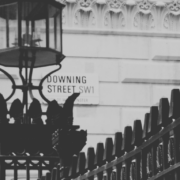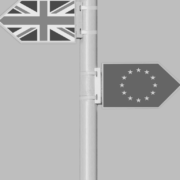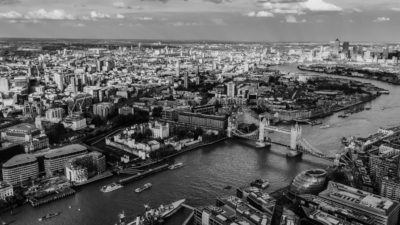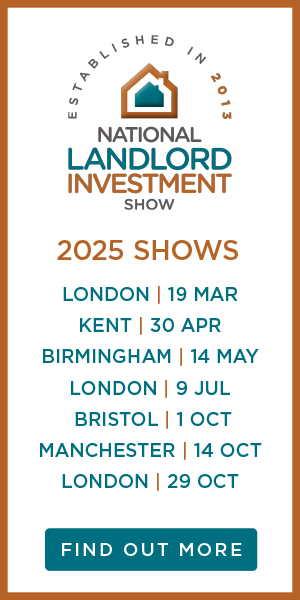On November 4, the markets were braced for an important announcement from the Bank of England.
Expectations were high that this would be the point at which the Bank began to “normalize” official interest rates, having cut them to an all-time low of just 0.1 per cent in response to the pandemic in March last year.
Andrew Bailey, the Bank’s governor, had hinted that a rate rise was on the cards, saying that the time was approaching for the Bank to act.
The Old Lady of Threadneedle Street’s new chief economist, Huw Pill, said in a newspaper interview that the November meeting was “live”.
But nothing happened. The dog did not bark.
This did not come as a surprise to me, but did to the City, which immediately accused the Bank of sending out misleading signals.
Two of the nine members of the Bank’s monetary policy committee (MPC) voted to nudge Bank Rate up from 0.1 to 0.25 per cent but seven did not.
They voted to leave rates unchanged and to continue with the Bank’s QE (quantitative easing) programme until the end of the year.
The seven who opted not to raise rates included both Bailey, the governor, and Pill, the chief economist, whose hints had driven the markets.
So what was it all about?
The Bank has denied misleading the markets, insisting that all its comments were conditional.
Even so, coming alongside a new forecast from the Bank that inflation will hit 5% next spring, three percentage points above the official target, holding rates was an interesting decision.
It was done for tactical as much as for economic reasons.
Bank insiders feared that, had they endorsed the market view by raising rates, they would then have been on an upward escalator which could have been hard to control.
Holding rates was partly done with the intention of hosing down market expectations.
That means, I judge, that the Bank will be happy to see Bank Rate rise to 0.75% or even 1% by the end of next year, but it would be unhappy to see it rise much further.
0.75% is not that high a rate. It seems a long time ago now but that was the official interest rate prevailing in March 2020 when the pandemic struck.
If it was OK then, it should not be too problematical now.
A 1% Bank Rate would, it should be said, take us into new territory.
Since early 2009, when the Bank cut the rate to what was then an all-time low of 0.5%, the rate has not hit the giddy heights of 1%. We have had the lowest interest rates in history.
Official interest rates are one thing; the actual rates people and businesses have to pay are another.
In the period since Bank Rate has been sub-1%, now more than 12 years, a 75% loan-to-value fixed rate two-year mortgage has been as high as 4.35% (in 2009) and as low as 1.2%, in September this year.
The range for a 95% LTV two-year fixed rate mortgage has been 2.58% to 5.33%.
Even though the Bank left rates unchanged on November 4, mortgage rates began to shift higher in the markets.
Some of the best deals have already been withdrawn, with the number of sub-1% deals plummeting.
Many lenders have withdrawn existing fixed rate deals and replaced them with new ones, at higher rates.
What that means is that, while there was no change in rates on November 4, they are still expected to rise, possibly next month, when the Bank has the data to provide it with reassurance that the end of the furlough scheme has not resulted in a big increase in unemployment. Or, possibly, it will defer lift-off until February.
Lift-off they will, and this this time we can be reasonably sure that the signals from the Bank are not misleading.
Put simply, a 0.1 per cent Bank Rate will be out of line with an inflation rate of 5%, even if some of the reasons for that rise in inflation are temporary and out of the Bank’s control, such as higher international gas prices.
Can the Bank hold rates within the range they have been in since the financial crisis? That is the key question.
There is no doubt that it has been taken by surprise by the extent of the rise in inflation, and the fact that this period of above-target inflation is likely to last longer than is comfortable for a central bank with a 2% target.
Alongside the Budget on October 27, the Office for Budget Responsibility (OBR), the official forecaster, set out its main scenario for interest rates, which was that they would rise to 0.75% and stay there.
But it also offered an alternative, in which the inflation shock was bigger, and Bank Rate would have to rise to 3.5%.
At one time a 3.5% official interest rate would have bene regarded as very low.
In the context of the past decade or so it would be very high and be a significant shock for the housing market.
We have to hope that the Bank’s softly-softly approach, which would avoid such a shock, works.
























When they raise. Its over.
Housing crashes, Gov defaults on their borrowings or prints more to pay the interest.
They will time it on the orders of the WEF and BIS